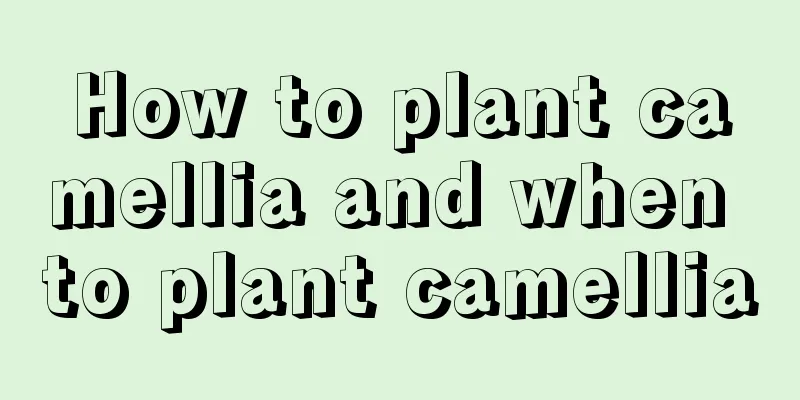Common diseases of peony and their prevention and control methods

Common diseases of peony: leaf spotLeaf spot disease mainly harms the leaves and young branches of peonies. The disease usually occurs about 15 days after flowering and is most serious in mid-July. In the early stage, black spots as big as grains will appear on the back of the leaves with black edges. The spots gradually connect to each other, causing the leaves to wither and fall. Solution: Take preventive measures and spray Bordeaux liquid in time after the flowers fall, once every 10 to 15 days, and continue until the end of July. It can prevent the occurrence of leaf spot disease. When the disease occurs, spray methyl thiophanate and carbendazim solution once every 7 to 10 days, and spray continuously for 3 to 4 times. Common diseases of peony flowers 2: yellow leaf diseaseThe yellow leaf disease of peony is mainly caused by the lack of phosphorus in the plant, which manifests as short plant growth, yellow leaves, and the old leaves at the base of the stem gradually falling off from bottom to top. Solution: Replenish nutrients in time, and spray potassium dihydrogen phosphate or micro-fertilizer on the leaves after the flowers fade. Common diseases of peony flowers: SclerotiniaSclerotinia disease, also known as stem rot, mainly harms the rhizomes and causes them to rot. When the disease occurs, water-soaked spots appear on the stems and white cotton-like substances appear on the soil surface. In severe cases, it can harm flower buds and leaves. Solution: Do a good job of disinfection. Disinfect the soil before planting the plants. Plant after drying. Avoid the soil being too wet during maintenance to prevent bacterial growth. When the plant becomes diseased, dig it out, disinfect it and replant it. For those that are severely rotten, you can just throw them away. Common diseases of peony flowers 4: purple feather diseasePurple feather disease is a fungal disease that mainly harms the root collar and roots. Purple or white flocs will appear on the affected part, with black edges. In mild cases, flaky patches will form, the roots will not grow, the branches will become withered and the leaves will turn yellow. In severe cases, the plant will die. This disease mostly occurs from June to August, and gradually improves after September as the temperature drops and rainfall decreases. Solution: Pay attention to the cleanliness of the maintenance environment to avoid the breeding of bacteria. In hot and rainy weather, reduce watering and ventilate frequently. For affected plants, sprinkle lime or sulfur on the soil surface for disinfection. In serious cases, remove the plants from the pots and replant them. |
<<: What diseases does Hylocereus spp.
>>: Diseases and prevention methods of Deutzia odorata
Recommend
Hydroponic method of rubber tree
Hydroponics Method The hydroponic method of rubbe...
How to grow white lily
1. Pot soil selection The flowerpot does not need...
Differences between Nepenthes and Drosera
1. Different plant types Nepenthes is a plant of ...
Potato planting conditions for environmental and climate requirements
Potato Introduction Potatoes are also called swee...
Reproduction method of Rhododendron aviculare
Cuttings Preparation before cutting If you have a...
When is the best time to transplant red maple?
Before transplanting red maple, you need to choos...
The Feng Shui Effect of Violet in the Home
The role of placing it in the living room The liv...
When is the best time to water the gardenia? How many days is the best time to water it?
Gardenia watering time When it is hot in summer, ...
The correct cultivation method of snow willow
In life, many friends like to grow some plants. I...
Cutting method of tiger skin orchid
Cutting preparation Tool Preparation Prepare pott...
How to take care of the newly bought cyclamen
1. Don’t change the pot Don’t rush to repot the c...
How to make lilies bloom longer and how to keep them during the flowering period
1. How to make lilies bloom longer 1. Add a small...
Is gold diamond poisonous?
1. Is it poisonous? It is poisonous. Although it ...
Break off a branch in summer, cut it into 8 sections, take root in 3 days, and bloom in a month!
Cut the green radish branches into 8 sections and...
Is it better to grow green radish in water or in soil?
Compared with the two cultivation methods of gree...









